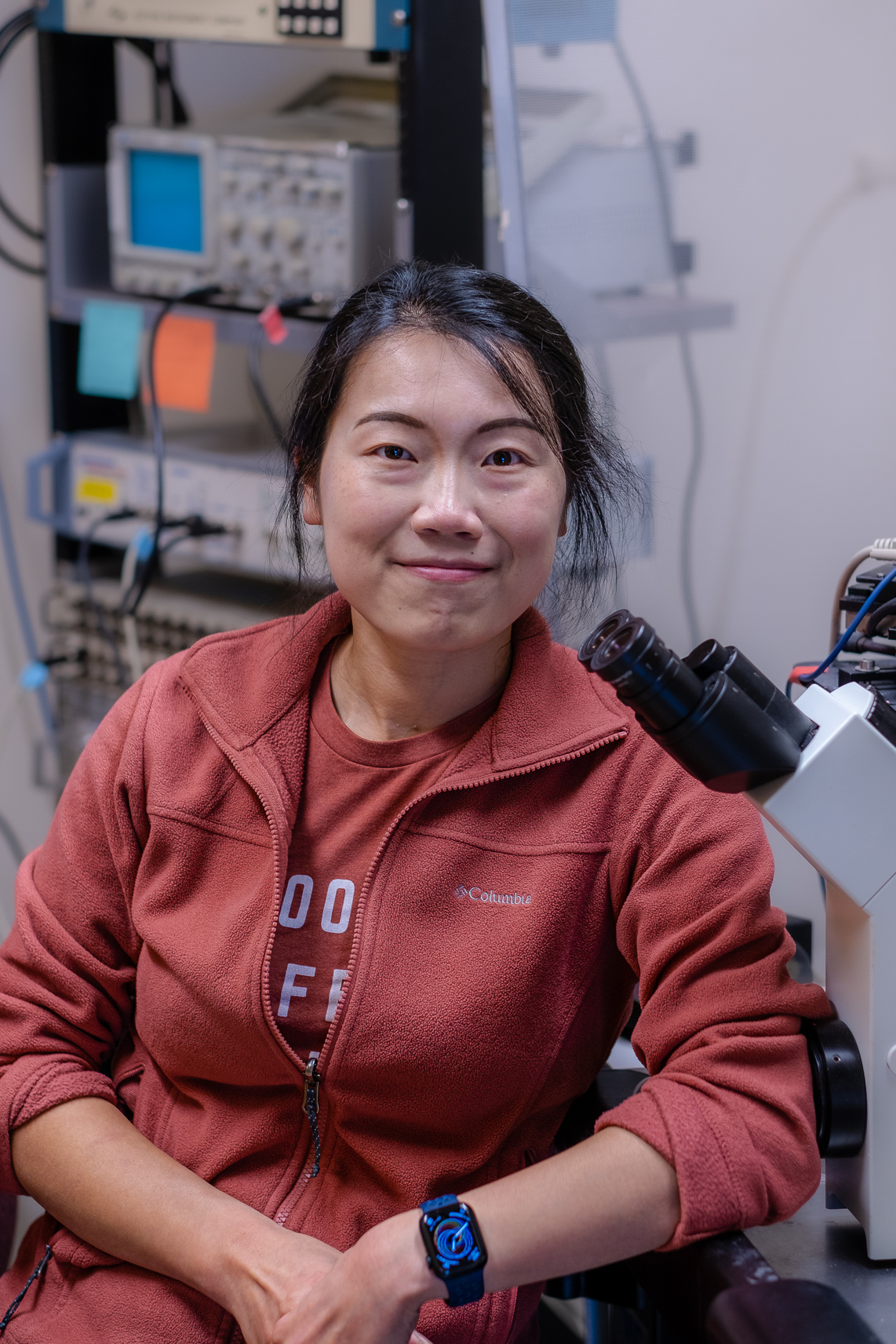Reviewer Spotlight: Wei Wen
The quality of eNeuro depends on the effort that is generously contributed by our reviewers, who lend their expertise and time helping to ensure we publish great science. This Reviewer Recognition series introduces the research of selected reviewers, as well as their strategies for approaching peer review of a paper. Dr. Wei Wen received her PhD from University at Albany in Chemistry. She is currently a Postdoctoral Research Scholar in the Turrigiano Lab at Brandeis University studying signaling mechanisms that underlie the co-induction of intrinsic and synaptic homeostatic plasticity, and how these mechanisms are developmentally regulated.
"Even when you find that the claims in the article contradict your own knowledge, take a break after the first read and come back a few hours later or the next day."

Tell us about your work.
A remarkable feature of our brain is the ability to stay stable while going through all kinds of modifications such as storing information and adapting to the environment. This is achieved via a set of “homeostatic plasticity” mechanisms that use negative feedback to adjust various aspects of neuronal excitability and thus maintain stable function. An interesting development in the field is the growing evidence that different forms of homeostatic plasticity independently contribute to the stabilization of distinct network features, and I am interested in how these homeostatic mechanisms are coordinated within a highly dynamic neural network (e.g. neocortex) to maintain the overall stability and ensure proper functions.
My work spans in vitro and in vivo systems, and I use electrophysiology paired with genetic/pharmacological manipulations to perturb distinct aspects of network activity and thus examine how these different kinds of activity perturbations influence the engagement of homeostatic plasticity. Recently, I found that two major forms of homeostatic plasticity that respectively target synaptic and intrinsic properties, synaptic scaling and intrinsic homeostatic plasticity (IHP), are driven by changes in distinct aspects of network activity. While synaptic scaling is more sensitive to altered spiking activity, IHP is more responsive to changes in activity mediated by NMDA receptors, and they can be separately induced to meet the current need of the circuit. These findings provide critical evidence that synaptic scaling and IHP serve distinct network functions by responding to unique activity sensors.
What do you do when not in the lab?
I am an avid photographer when I am not doing science. You can find me carrying my camera (with at least three different lenses) and tripod while roaming the streets or in the wild. I think I am drawn to beauties in this world- both in science and in daily life.
What advice would you share with new reviewers?
I think the most important thing in reviewing an article is to take your time. For example, always read the entire article before drawing any conclusion. Even when you find that the claims in the article contradict your own knowledge, take a break after the first read and come back a few hours later or the next day. This can help you stay objective and professional in drafting the review.
I usually start with the results and methods sections. I ask the following questions:
- Are claims in the results supported by the data?
- Are data presented clearly and correctly?
- Are data collected using the appropriate procedures?
Then I would go back to the introduction and discussion sections. Here I care about:
- Are they interpreting their findings appropriately?
- Have they covered the fundamental literatures in the field?
- Have they discussed the implications of their findings to the broader field?
Of course, being courteous and constructive goes a long way. Review an article the same way you want to be reviewed!
What is your experience as a reviewer with eNeuro's consultation review process?
I really enjoyed reviewing for eNeuro! The consultation process provides a platform to keep reviewers and editors to be on the same page, which in my opinion really facilitates the transparency and efficiency of the entire review process. It is always interesting to see points raised by the other reviewers that I have missed.
Wei Wen, PhD
Postdoctoral Research Scholar
Brandeis University
Turrigiano Lab
Learn more:
eNeuro offers authors the choice to receive double-anonymous review. Additionally, the Reviewing Editor and two reviewers will consult to reach a consensus on the decision and to draft a synthesis of the reviewers' comments explaining the decision. These review syntheses are published alongside each accepted paper. Learn more about eNeuro's Review Process.
FOLLOW US
POPULAR POSTS
TAGS
CATEGORIES


 RSS Feed
RSS Feed




